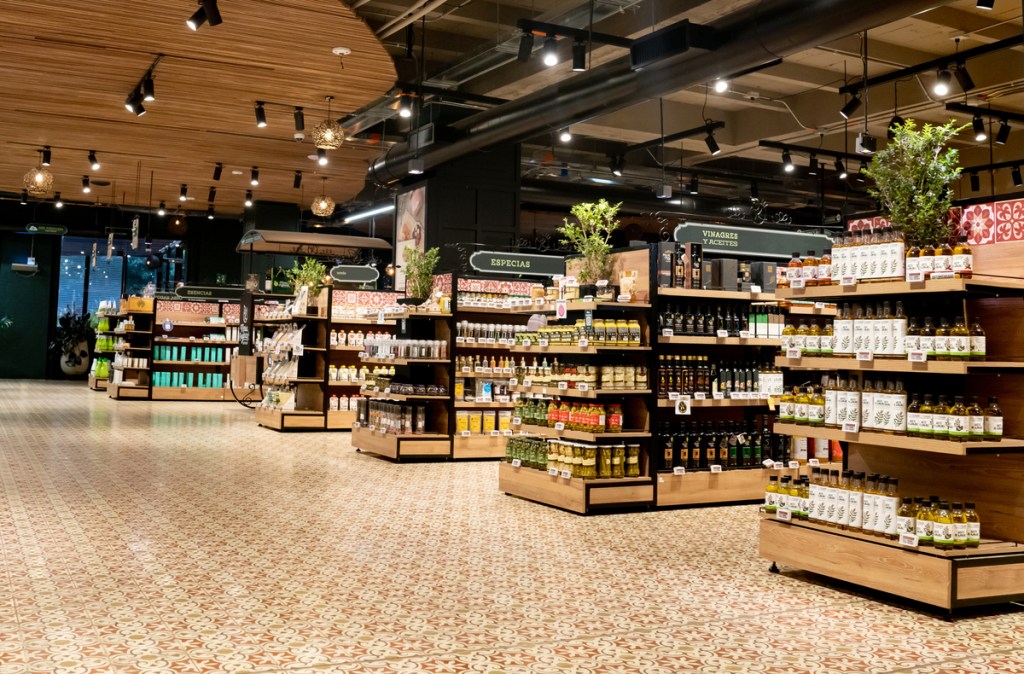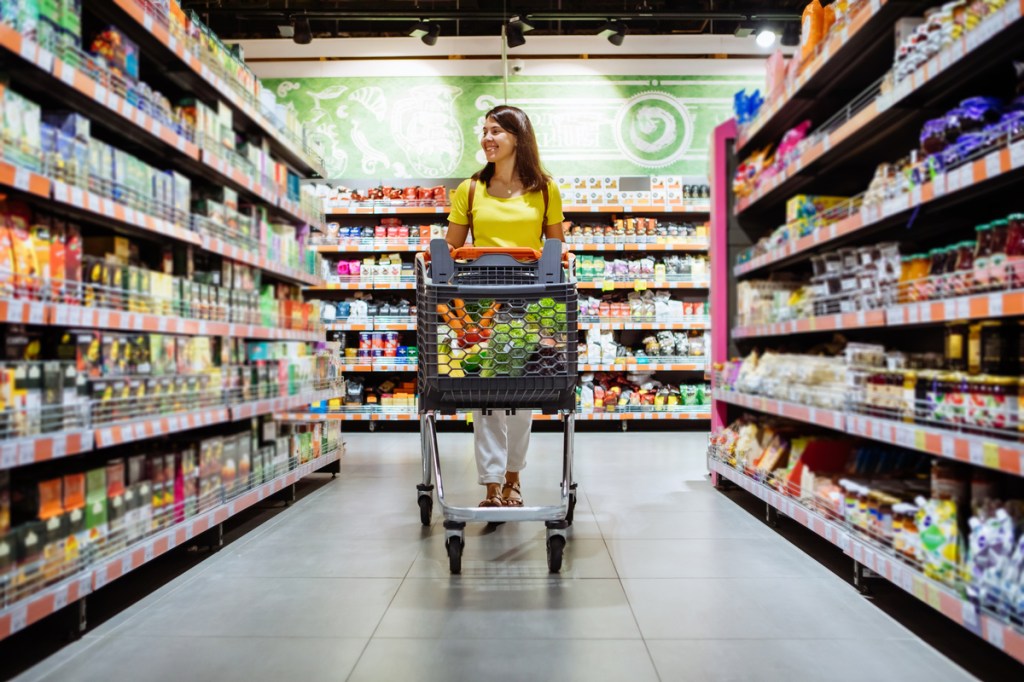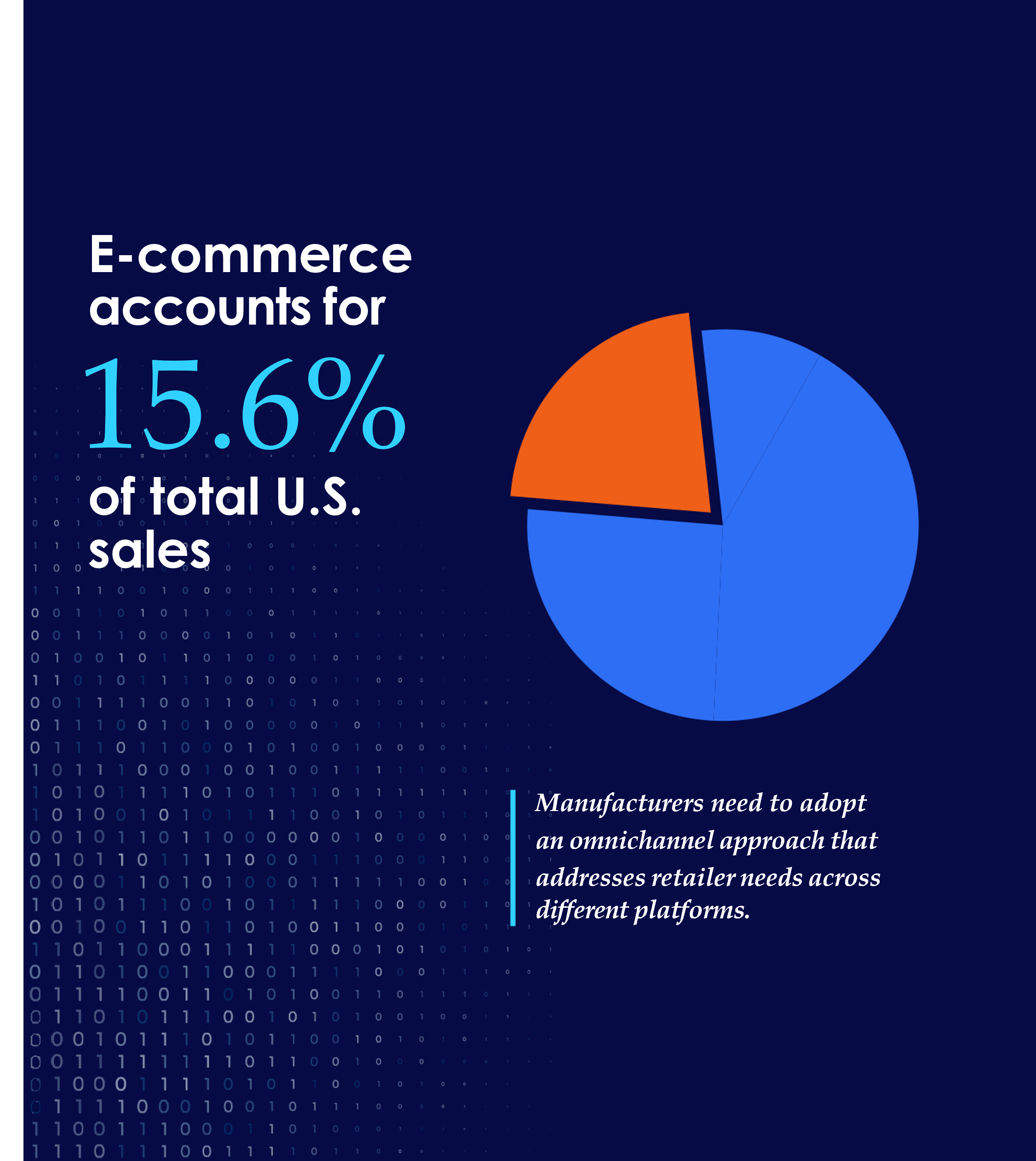
The Ultimate Guide to
Merchandising and Assortment
Beginning in early 2020, COVID-19 reshaped the CPG landscape. As the world dealt with a pandemic, CPG companies were selling products as quickly as they were produced. Brands, new and old, saw opportunities arise, and shelf space became available like never before.
Unfortunately, today, the shelf is under more pressure than ever. Not only does it have to support normal retail traffic, growth in online sales, curbside delivery, and a retail labor shortage, but it also needs more inventory holding power of fast-selling items, not at the expense of category variety. Shoppers have re-engaged with brick and mortar across all generations since the pandemic. But now they demand a better experience, which means higher in-stock rates and the opportunity to discover new things in the categories they shop.
Keep reading to better understand the intricacies of assortment and merchandising under current market conditions — and the pivotal role data plays in driving meaningful, successful outcomes.
New Challenges
on and off shelf

Six seconds. That’s how long retailers have to make a sale in-store for a given product. Such short customer attention spans demand efficient merchandising at shelf coupled with the right assortment to drive shopper conversion to purchase. Unfortunately, attention spans are only one of the challenges in this rapidly evolving omnichannel retail environment.
The lack of shelf space is of particular concern. According to Advantage Solutions, almost 40% of retailers plan to reduce SKUs in the next 12 months. Of those retailers, nearly half say they’ll do so to simplify shelves. Less shelf space means stiffer competition to get and maintain product placement, especially at a time when private label brands continue to grow and put pressure on pricing and brand loyalty. More than ever, manufacturers need to demonstrate to retailers the value and relevance of their products.

Data Holds the Key
Data unlocks shopper-centric assortments, pack sizes, and optimization strategies for merchandising and promotions. It allows manufacturers to understand customer behaviors and needs at a granular level so they can deliver the right product in the right stores and to the right shoppers.
While a brand’s in-store and online retail merchandising strategies are bound to differ, the omnichannel marketplace demands that they work in conjunction with one another. E-commerce plays a significant role in overall sales for many retailers, accounting for 15.6% of total U.S. sales. For this reason, manufacturers need to adopt an omnichannel approach that addresses retailer needs across different platforms. Manufacturers have the best chance of success when they foster open communication with retailers.
Leveraging Data for
Assortment Optimization
Prior to 2020, the shelf supported retail traffic, feature promotions, and additional inventory for displays.
Today, the shelf supports three additional functions:
1.
Online order fulfillment
The growth of e-commerce has led to retailers treating their stores as micro-fulfillment centers, with staff picking and packing orders directly from store shelves.
2.
Personal shoppers
Personal shoppers took off during the pandemic, so much so that some stores have developed their own shopper program with store-to-home delivery.
3.
Extra inventory
To make up for ongoing labor shortages, many stores are maintaining higher inventory levels on the shelf for high sales velocity items to meet fluctuating demand.
In a fiercely competitive retail landscape, data is a powerful tool that positions manufacturers for success. It provides valuable insights into consumer behaviors and uncovers market trends and new ways to differentiate from competitors.
The right merchandising and assortment strategies are critical for keeping up with and capitalizing on consumer trends. By leveraging data analytics to identify market growth drivers and collaborate with retailers, manufacturers are driving more successful outcomes.




